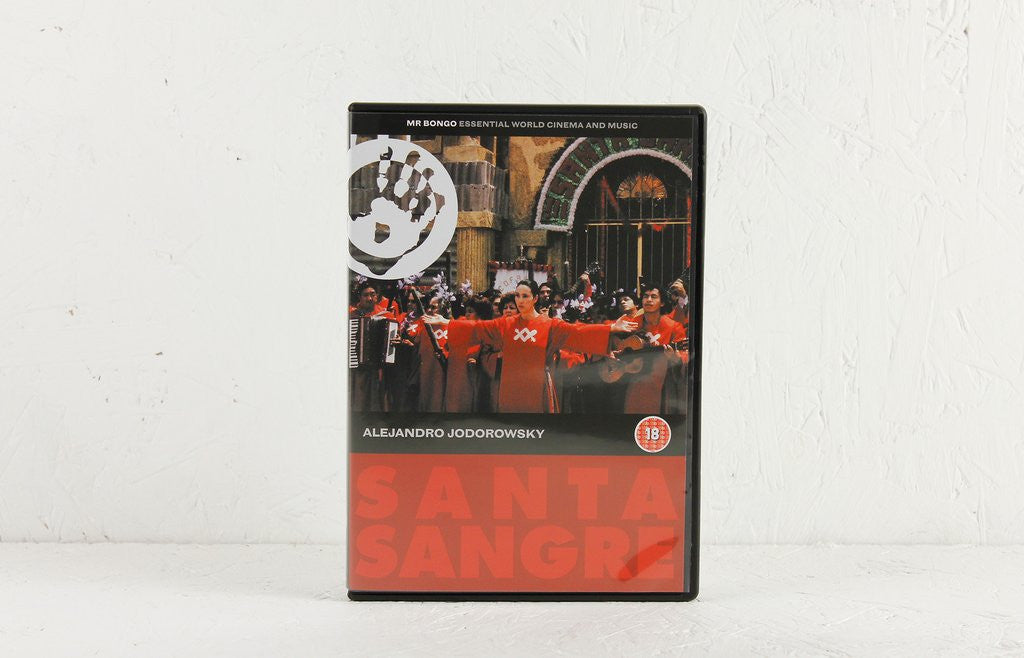
Born in 1929 in Tocopilla Chile to Ukrainian-Jewish émigrés, Alejandro Jodorowsky would become an artist of several mediums and varied interests. His early childhood in Chile was marked by troubled family life and his sense of being an outsider was strongly derived both from his discrimination as an immigrant by fellow Chileans and his discrimination as a Chilean by the American settlers who resided in Chile. At eight years of age, Jodorowsky’s family shifted to the country’s capital at Santiago where he would feel the early stirrings of his talent and interests. Poetry would be his first medium of expression, his first works would be published at the age of 16. At Santiago, he would become interested in anarchism and would study psychology and philosophy at college. His interests would digress towards theatre and then the circus. He would move to Paris and study under renowned mime Etienne Decroux alongside Marcel Marceau. In 1957, he made his first film, a short Les têtes interverties (Severed Heads), which earned praise from Jean Cocteau, an important influence on Jodorowsky and an artist with a similar range of interests.
In France, Jodorowsky befriended the aging members of the Surréalistes, André Breton, Roland Topor and Fernando Arrabal. With Arrabal, Jodorowsky created the Panic movement, for which he created his first comic-strip Anibal 5. His first feature, Fando y Lis (1968) was an adaptation of one of Arrabal’s plays, shot in black-and-white with a low budget. The film displayed Jodorowsky’s occult sensibilities to full hilt, showing an odd couple engaging on a digressive quest for the city of Tar. Its initial screening was literally riotous and would lead the film to be banned in Mexico. Jodorowsky’s fame would arrive with El Topo (1970), an “acid western” which brought a dreamlike focus to the typical western story. This film would become a massive cult success and win favor with artists of all stripes, namely John Lennon who convinced Allen Klein, the Beatles’ manager, to help with the distribution of the film. With Klein’s efforts, the film found commercial success and impressive exhibition for a low-budget film. Jodorowsky’s follow-up The Holy Mountain was also funded by Klein, the film was another hallucinogenic adventure film on religious and spiritual themes. Jodorowsky’s film career suffered a brief halt after a fallout with Klein, which resulted in El Topo and The Holy Mountain being inaccessible for several years and severely limiting his output in the next two decades.
He worked for several years on pre-production of Frank Herbert’s Dune which was subsequently aborted (a film version would later be made with David Lynch). His next film would be Tusk (1980), a children’s drama film shot in India, one of his least characteristic works. His return to form would take another ten years, with Santa Sangre (1989). This harsh fantasy features some of his most haunting scenes and nightmarish imagery and received significant critical praise in the period of its release, especially from Roger Ebert who featured it as one of his “Great Movies”. Santa Sangre would be followed by The Rainbow Thief (1990), an English language film starring Peter O’Toole and Omar Sharif (co-stars from Lawrence of Arabia) and Christopher Lee. The film suffered from production problems and was poorly received. As of now, it is Jodorowsky’s last completed work, though in recent years he has initiated projects for a sequel of El Topo, called Abel Cain and The Dance of Reality, an adaptation of his autobiography of the same title which is presently in production.
In addition to his work as a film-maker, Jodorowsky is a prolific writer of novels and books on philosophy, especially on what he calls Psychomagic. He’s also highly celebrated as a comics artist, famed in France for The Incal, which is drawn by the legendary Moebius. Other well known titles include The Metabarons and The Technopriests. His most recent work, is a collaboration with Milo Manara, Borgia (2006) on the famously decadent family which features the themes of religion and sexuality from his famous films.
There are no products in this collection.